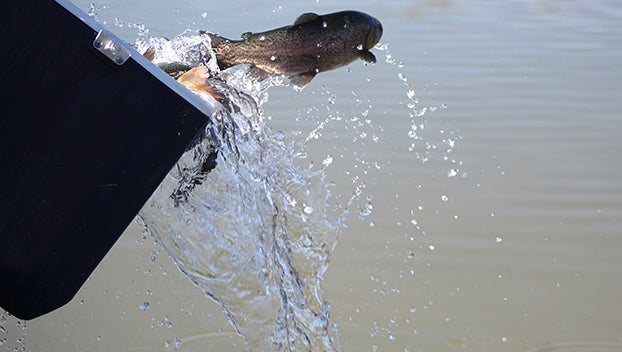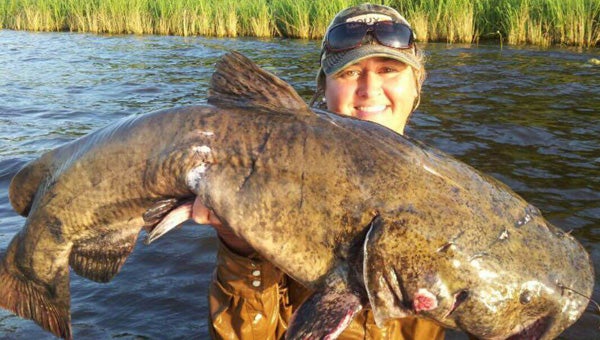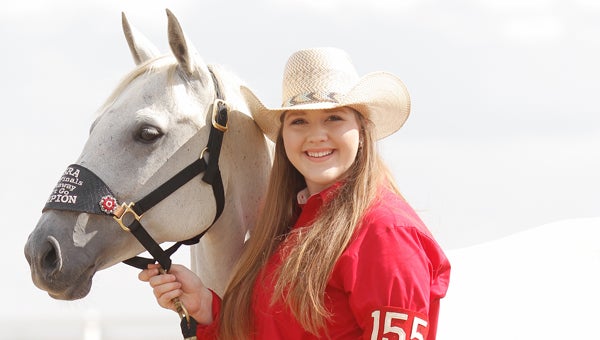Wirwa travels to Canada for waterfowl population research
Published 12:01 am Sunday, June 15, 2014
NATCHEZ — Some people count sheep in their dreams, but Nick Wirwa spent five weeks in Canada counting ducks.
The St. Catherine Creek National Wildlife Refuge biologist was nominated for a three-year commitment to become a waterfowl observer for the migratory birds division of the U.S. Wildlife and Fisheries.
The Migratory Bird Treaty Act was signed by the U.S. and Canada in 1918 and required both countries to establish regulations that would afford ample hunting opportunities and ensure that harvest is not detrimental to bird populations.
“The survey is so old, and I’m a part of an exclusive team who have done this,” Wirwa said. “I think about the people who first started it. Now, we have airplanes and GPS, but those people just had a map. I’m a part of the evolution, and that is a very unique experience.”
The research requires pilot biologist and observers to pair up and travel throughout Canada during the summer to calculate the population of waterfowl and critique the wetland conditions to estimate the inflation or deflation of birds who will fly south for the winter for hunting season.
“The waterfowl are not going to be in flocks like down here in the U.S., they will be in pairs,” Wirwa said. “So if we are seeing a lot of pairs and weather conditions are good, we’re expecting a good hatching season. We want to see what pairs are making it back to Canada each year so we see the trend.”
Inflation and good wetland conditions means a full hunting season and bag limit, a deflation means a shorter hunting season and a restricted bag limit.
“There is usually a 60-day season, but every state can make it less, but not more,” Wirwa said.
For five weeks, Wirwa spent mist of his days flying 200 feet over the countryside of southern Ontario and Quebec, counting waterfowl.
“You have to have done surveys before, know a little bit about waterfowl and be able to fly around in a small aircraft all day,” Wirwa said. “I don’t have a problem with it, but some people get motion sickness or claustrophobic.”
Wirwa said he had to study waterfowl more closely than he had before.
“I’m used to identifying waterfowl straight forward, but now I’m in 200 feet in the air and I have to count and identify waterfowl in a 200-meter radius (with no binoculars) in a short amount of time.
“I had to get used to that. But I think that’s why they sign you on for three years, so you can get the hang of it at first.”
Outside of counting waterfowl and monitoring wetlands, Wirwa said he got to see a lot of nature’s beauty.
“We flew nearly 10,000 miles during that time and I saw black bears, moose and a grey wolf,” Wirwa said. “That was a bonus. To take a lunch break, we just find a lake and land right on it and eat lunch in the middle of nowhere.”
Wirwa also learned a few do’s and don’ts while traveling as well.
“Don’t drink the water at the lodges,” he joked. “They’re just lodges, not hotels so it’s not treated water. The wells pump straight from the lakes, and I got sick.
“I also gained about 10 pounds just eating food and sitting in a plane all day.”
But Wirwa said he is already looking forward to going back next year. This was Wirwa’s first of three years.
“I love ducks and I love flying, and getting to see the countryside is the coolest thing,” he said. “I got to see areas that nobody ever gets to see because there’s no roads out there.”





